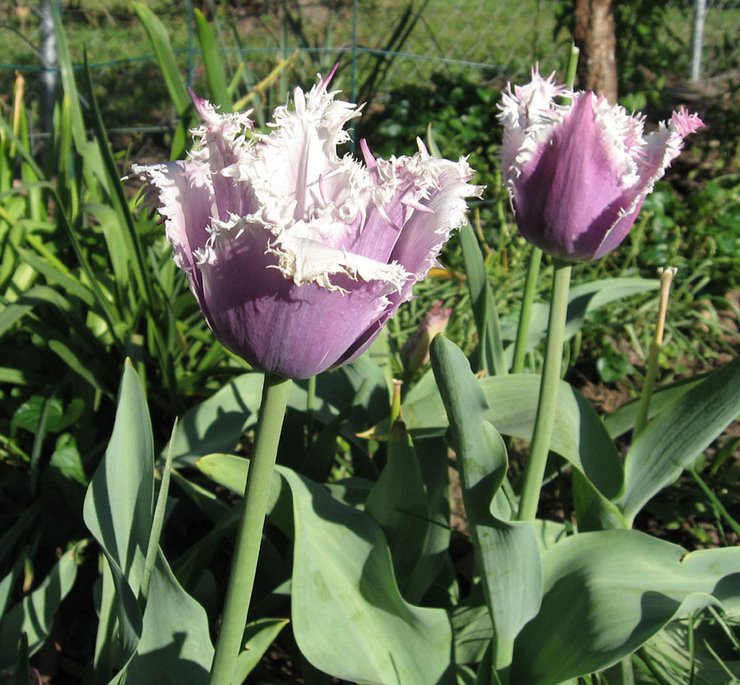 |
| Fall peas |
The peas, lettuce, carrots and green beans I planted last month are coming along well, with warm sunny days, cool nights, and more rain to encourage them. In a few weeks, as nights get colder, I'll have to consider covering them at night, but so far we've only had one night go below 50 degrees. My tomatoes, sweet peppers and herbs, that struggled during the worst of the summer heat are perking up and looking better now.
With the more reliably moderate weather, I have begun planting some of the fall flowers like pansies, asters and mums. I am careful to get hardy mums, so that I can enjoy them more than one year.



